 In the mid-1980s, as personal computers began slowly making their way into households and offices across Yugoslavia, a new magazine appeared on newsstands: Računari.
In the mid-1980s, as personal computers began slowly making their way into households and offices across Yugoslavia, a new magazine appeared on newsstands: Računari.
Launched in 1984, its name simply translated to “computers” in Bosnian, and its pages were filled with what one might expect from a technical publication of the era—dense articles, programming tips, hardware specifications, and software reviews.
It was informative, but hardly exciting. Yet, what set Računari apart from other dry, tech-focused magazines of its time was not the content within its pages, but the bold choice made for its covers.
 Each issue carried an unexpected twist: glamorous, scantily dressed models posed provocatively alongside the very machines and equipment being discussed inside.
Each issue carried an unexpected twist: glamorous, scantily dressed models posed provocatively alongside the very machines and equipment being discussed inside.
Readers opening the magazine for technical details on processors or operating systems were first greeted by an image that looked more like it belonged on a pin-up calendar than on the front of a computing journal.
Nearly every cover followed this formula, with striking Eastern Bloc beauties draped across bulky monitors, keyboards, and printers, turning otherwise mundane technology into something with a risqué attraction.
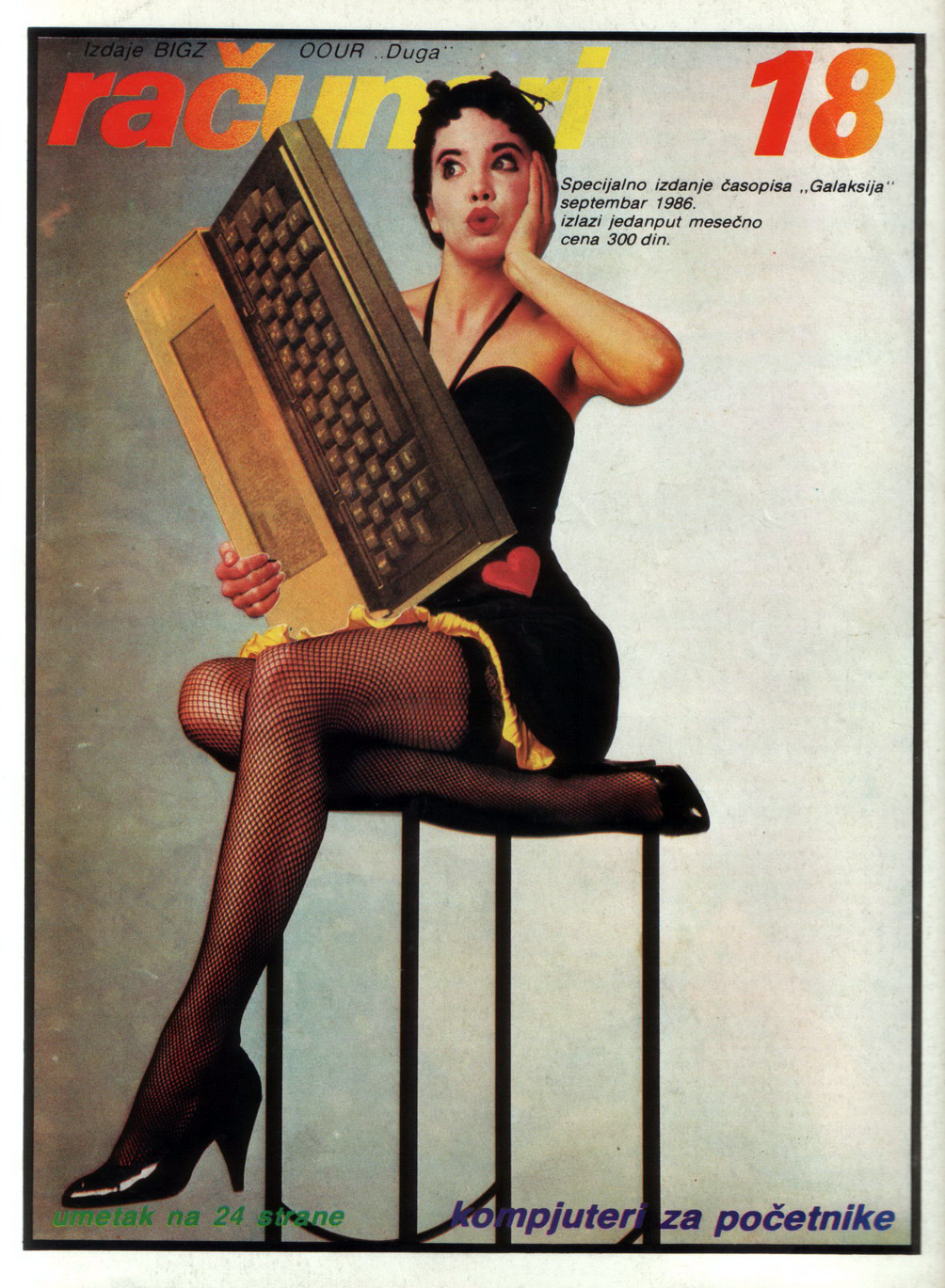 During the 1980s, publications across Eastern Europe often relied on attention-grabbing tactics to stand out in crowded kiosks, especially as glossy Western magazines slowly trickled in and raised expectations for visual appeal.
During the 1980s, publications across Eastern Europe often relied on attention-grabbing tactics to stand out in crowded kiosks, especially as glossy Western magazines slowly trickled in and raised expectations for visual appeal.
In socialist Yugoslavia—a country that balanced between East and West, both politically and culturally—this mix of serious technical writing and provocative imagery conveyed a unique kind of hybrid modernity.
The covers played into a wider cultural moment when sexuality was being used to sell not just fashion or consumer goods, but increasingly, even niche products like computers.
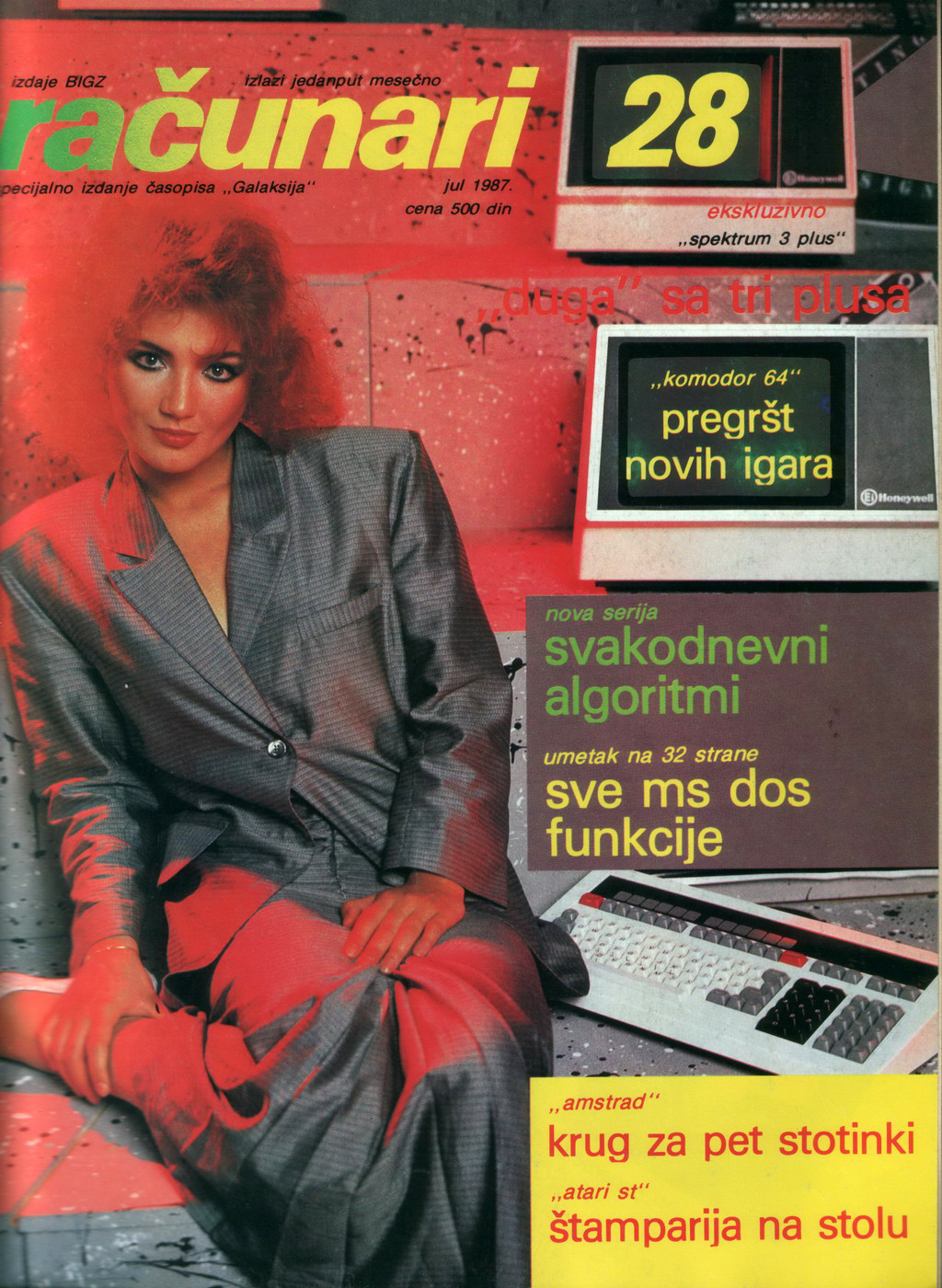 Imported machines like the Commodore 64, ZX Spectrum, and Amstrad CPC were popular among hobbyists in Yugoslavia, while domestic companies such as Iskra Delta and EI Niš tried to carve out space with locally made systems.
Imported machines like the Commodore 64, ZX Spectrum, and Amstrad CPC were popular among hobbyists in Yugoslavia, while domestic companies such as Iskra Delta and EI Niš tried to carve out space with locally made systems.
The magazine served as a bridge between these worlds—explaining new technology to enthusiasts, offering programming tutorials, and reporting on global developments in computing.
It also published code listings that readers could type into their home computers, teaching programming skills in BASIC and assembly language.
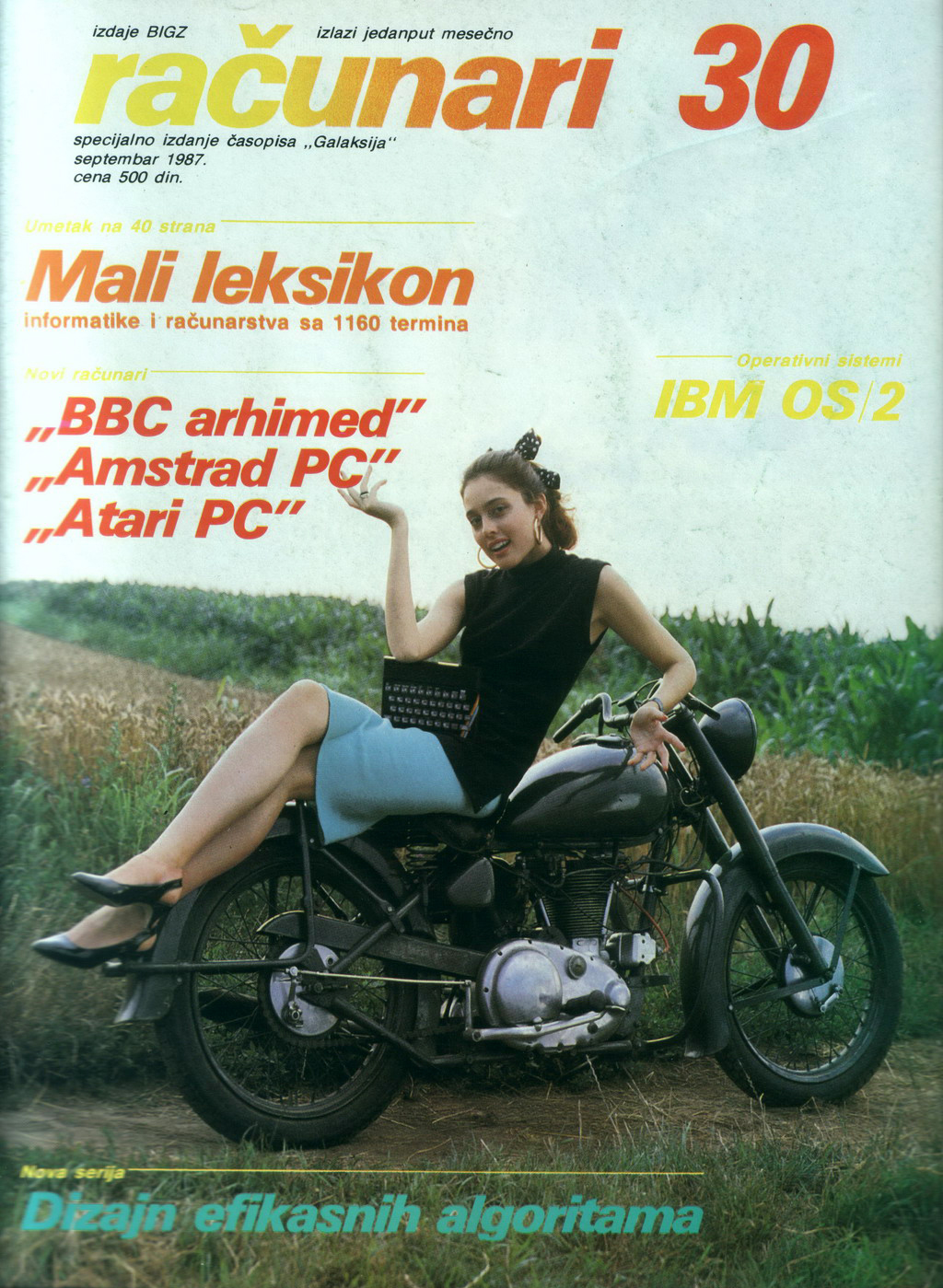 The breakup of Yugoslavia in the 1990s, along with economic sanctions and wars, made survival difficult for all media outlets.
The breakup of Yugoslavia in the 1990s, along with economic sanctions and wars, made survival difficult for all media outlets.
Yet Računari endured, continuing to publish even as the computer market in the region struggled with shortages and isolation.
By the mid-1990s, as Windows PCs became dominant and the internet slowly spread, the magazine shifted its focus from hobbyist coding culture toward broader consumer technology topics.
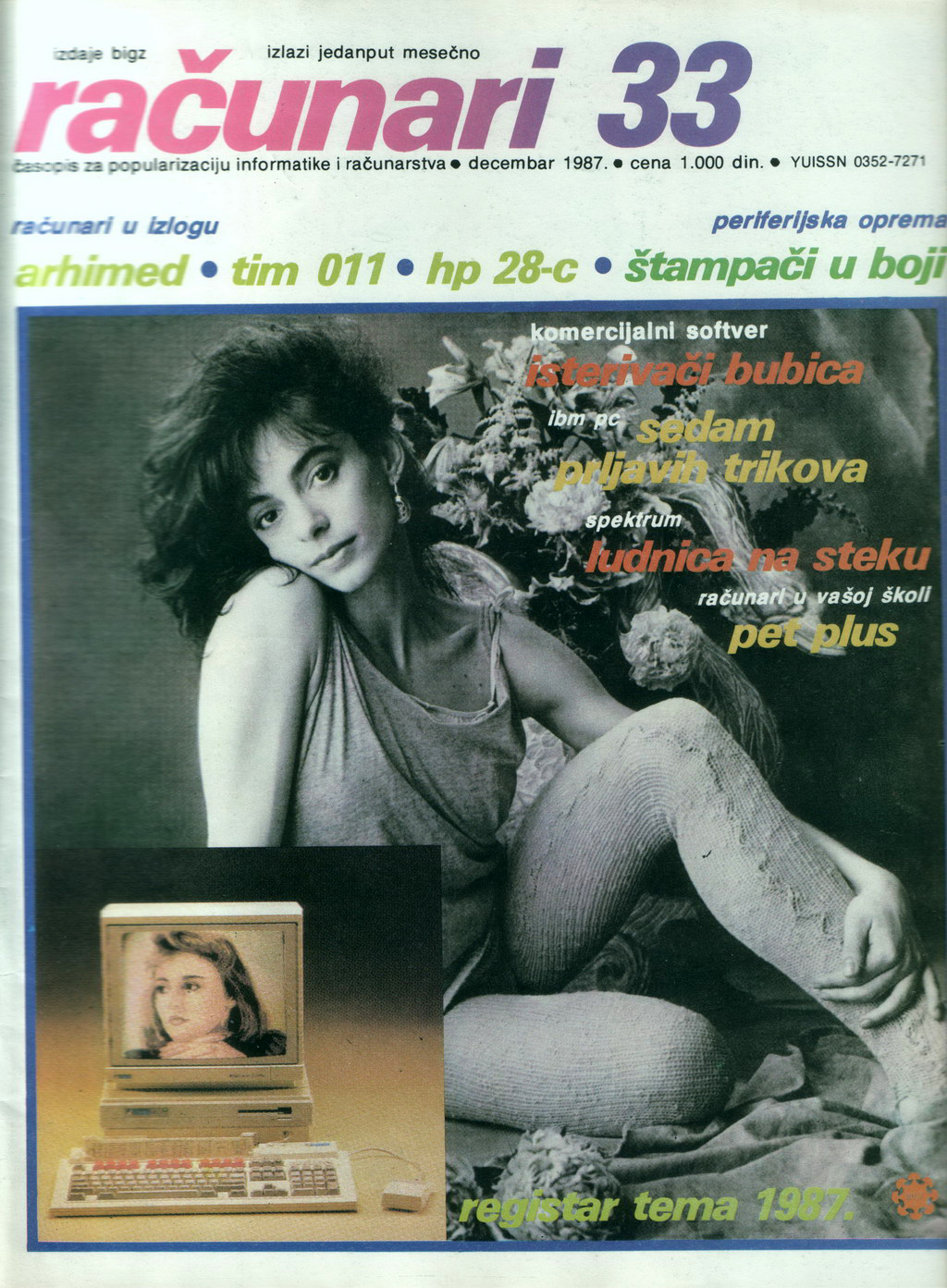 By the late 1990s and early 2000s, Računari began to lose relevance in the rapidly changing tech media landscape.
By the late 1990s and early 2000s, Računari began to lose relevance in the rapidly changing tech media landscape.
International magazines, online forums, and later web portals offered faster and more specialized information. Eventually, the publication faded out of circulation.

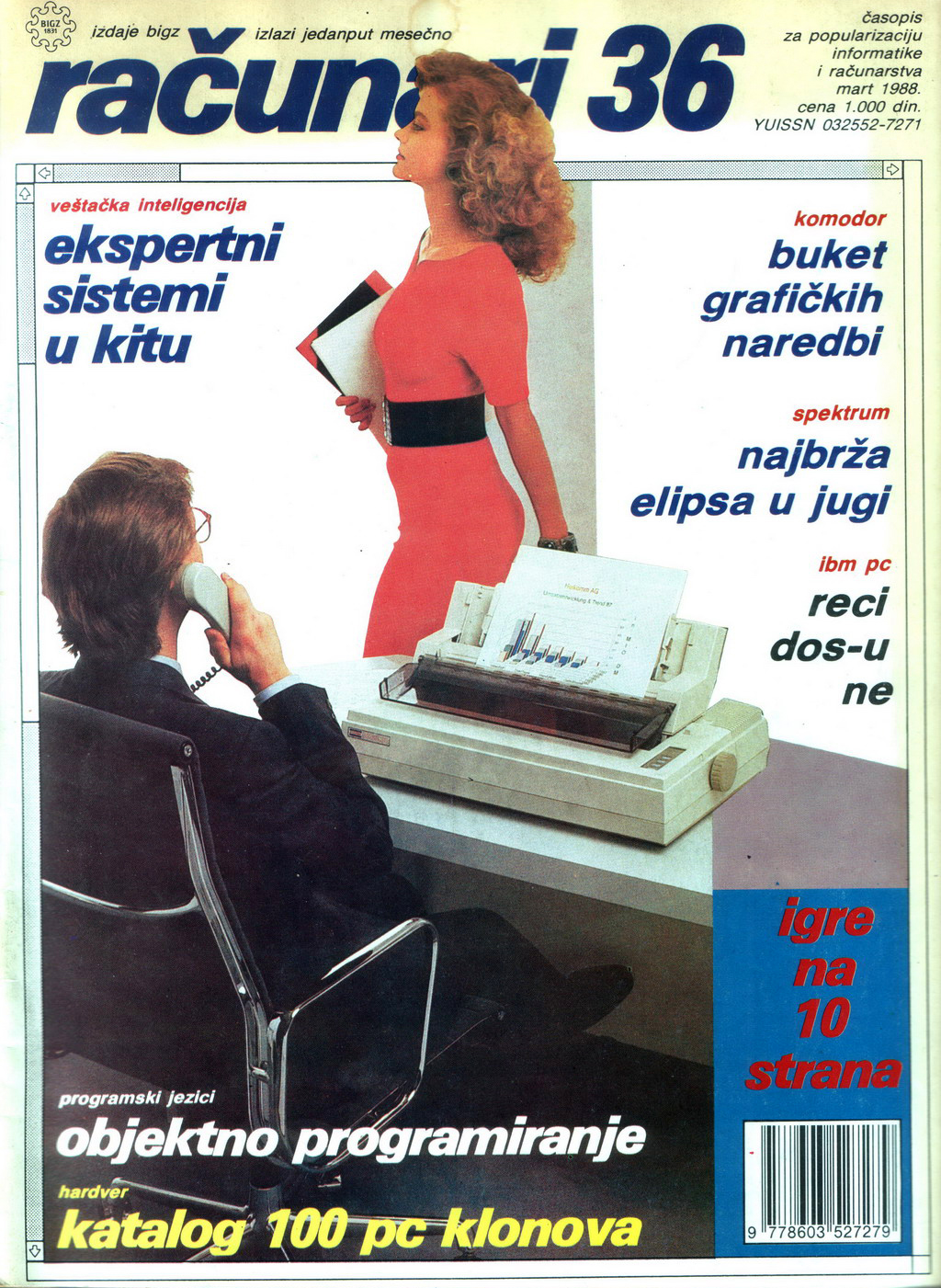
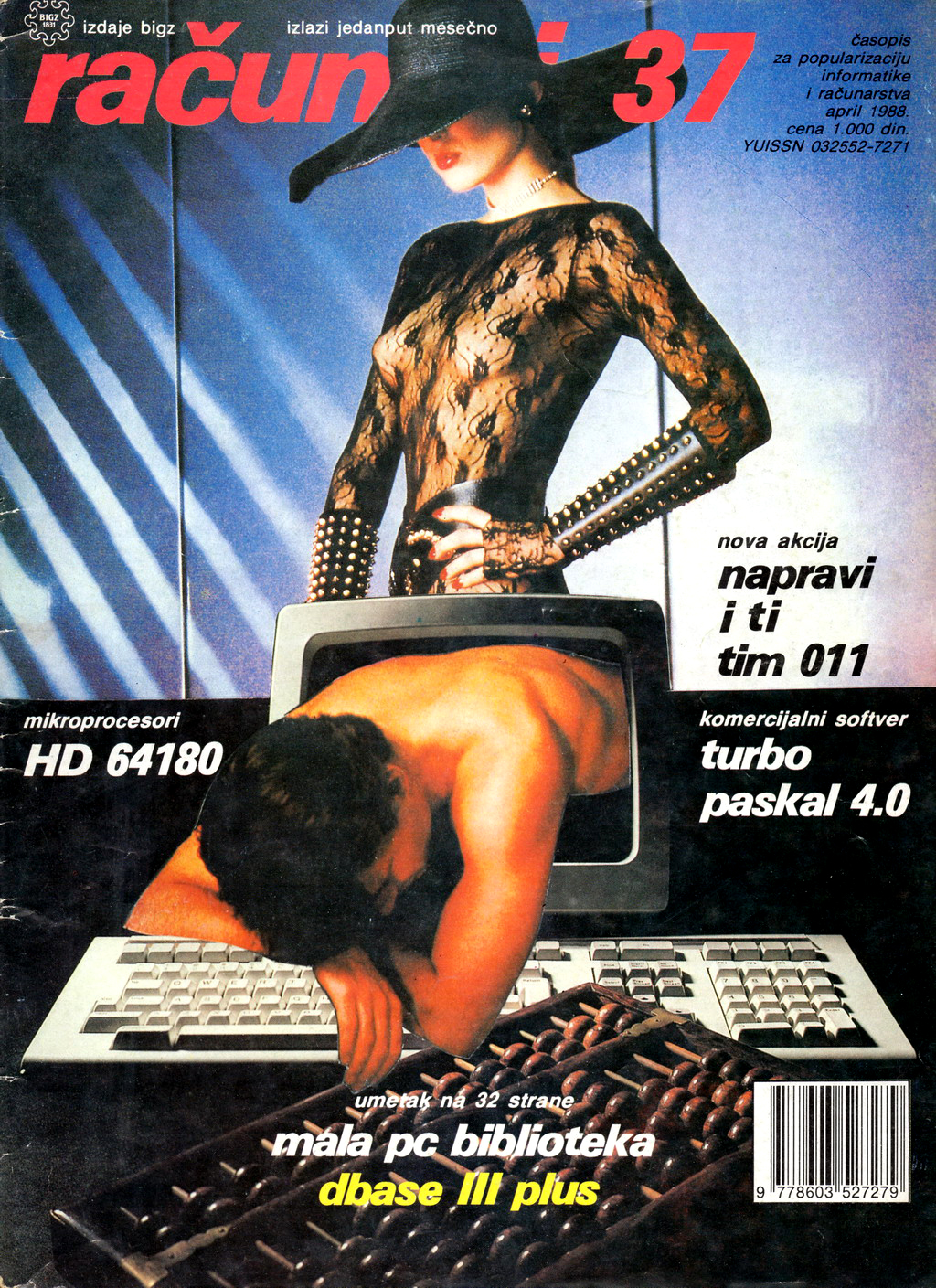
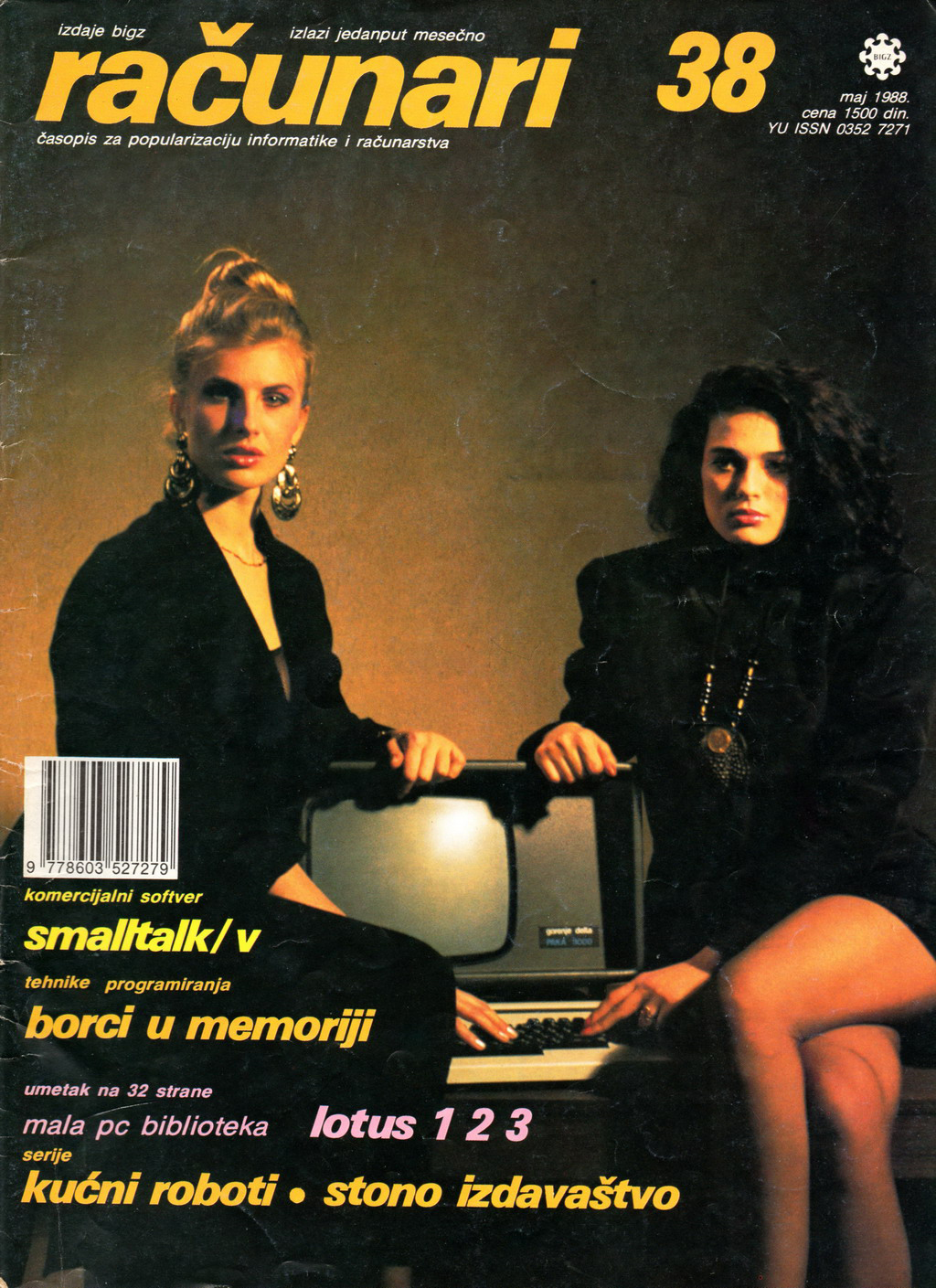
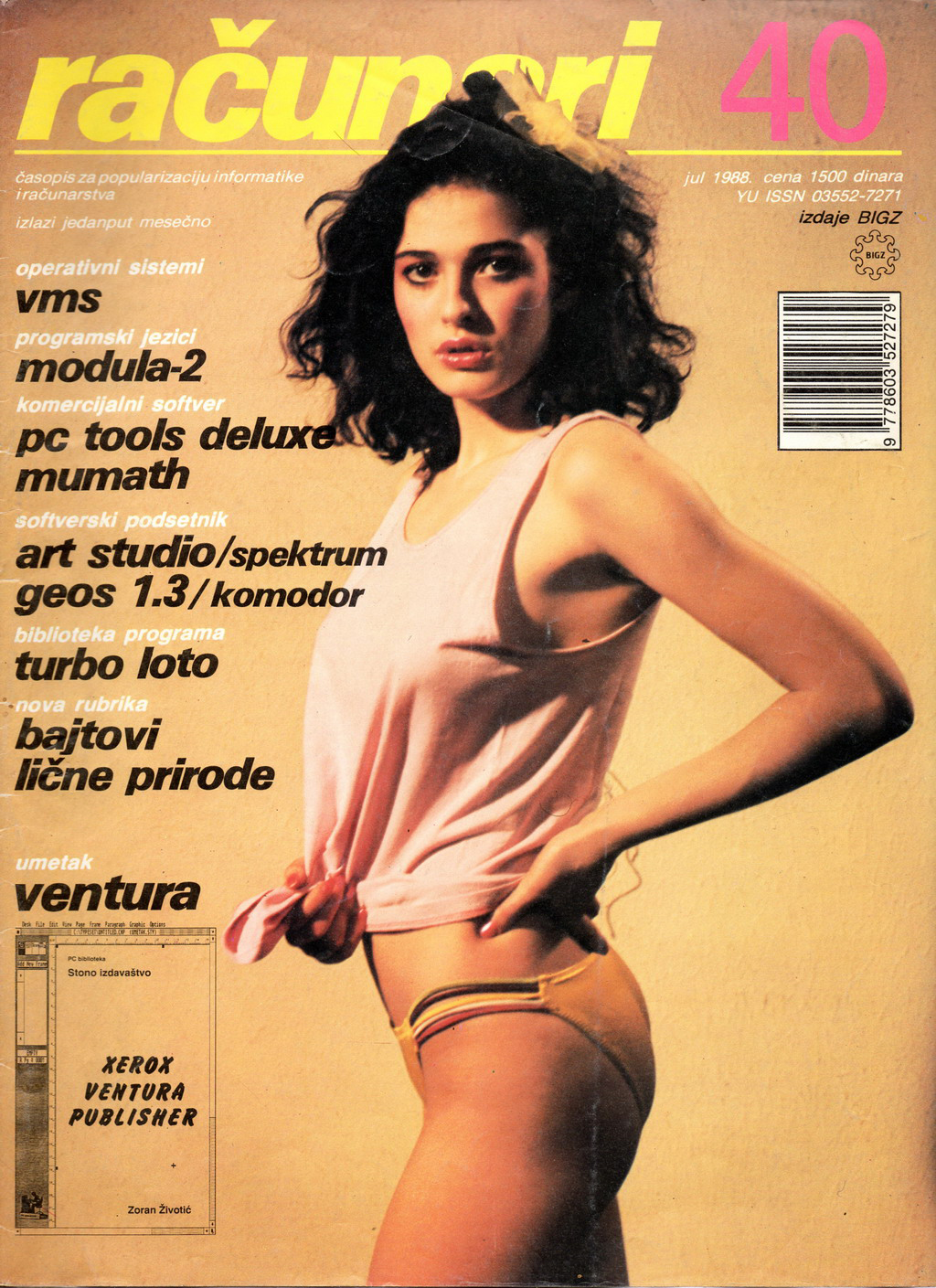
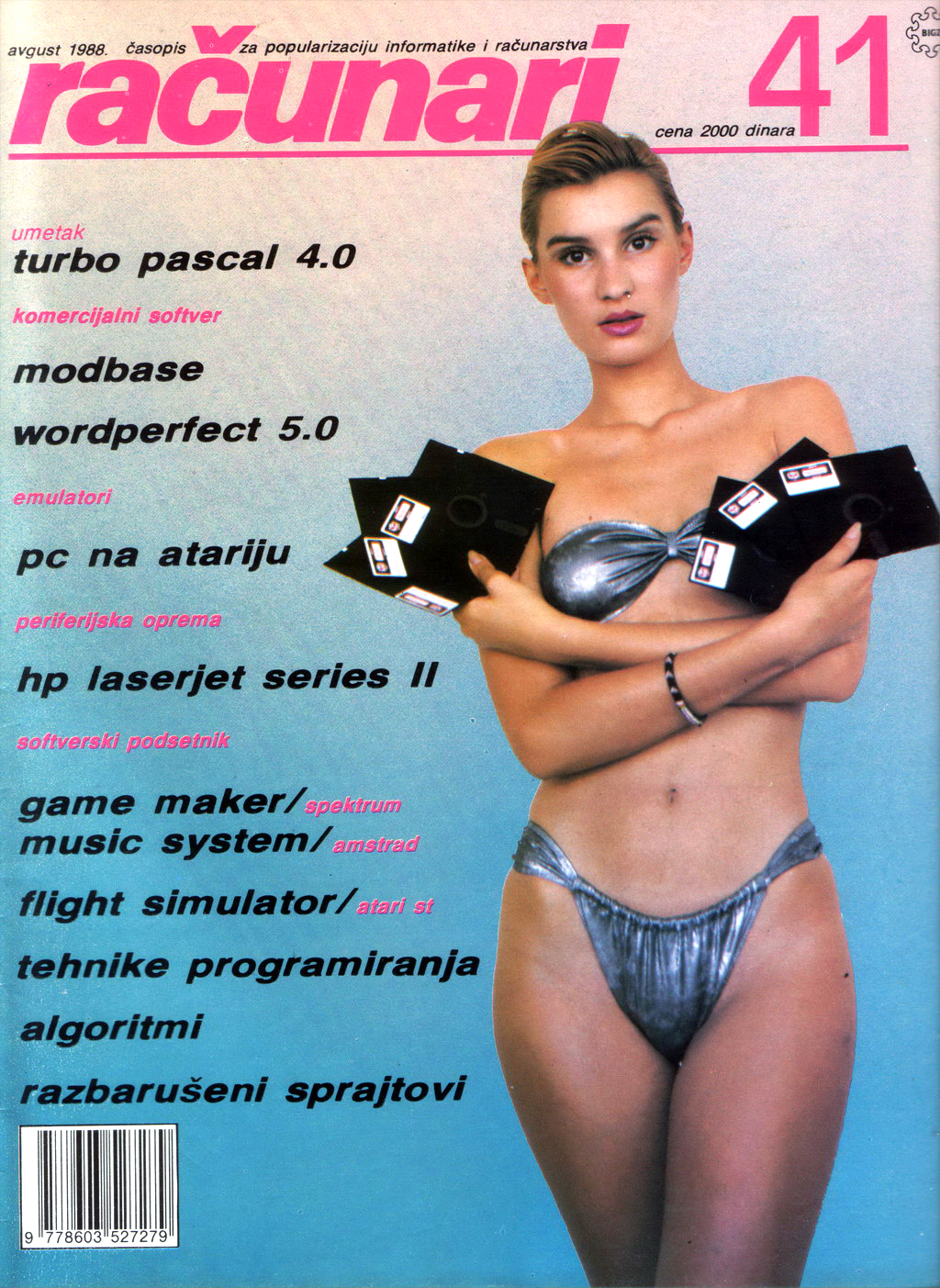
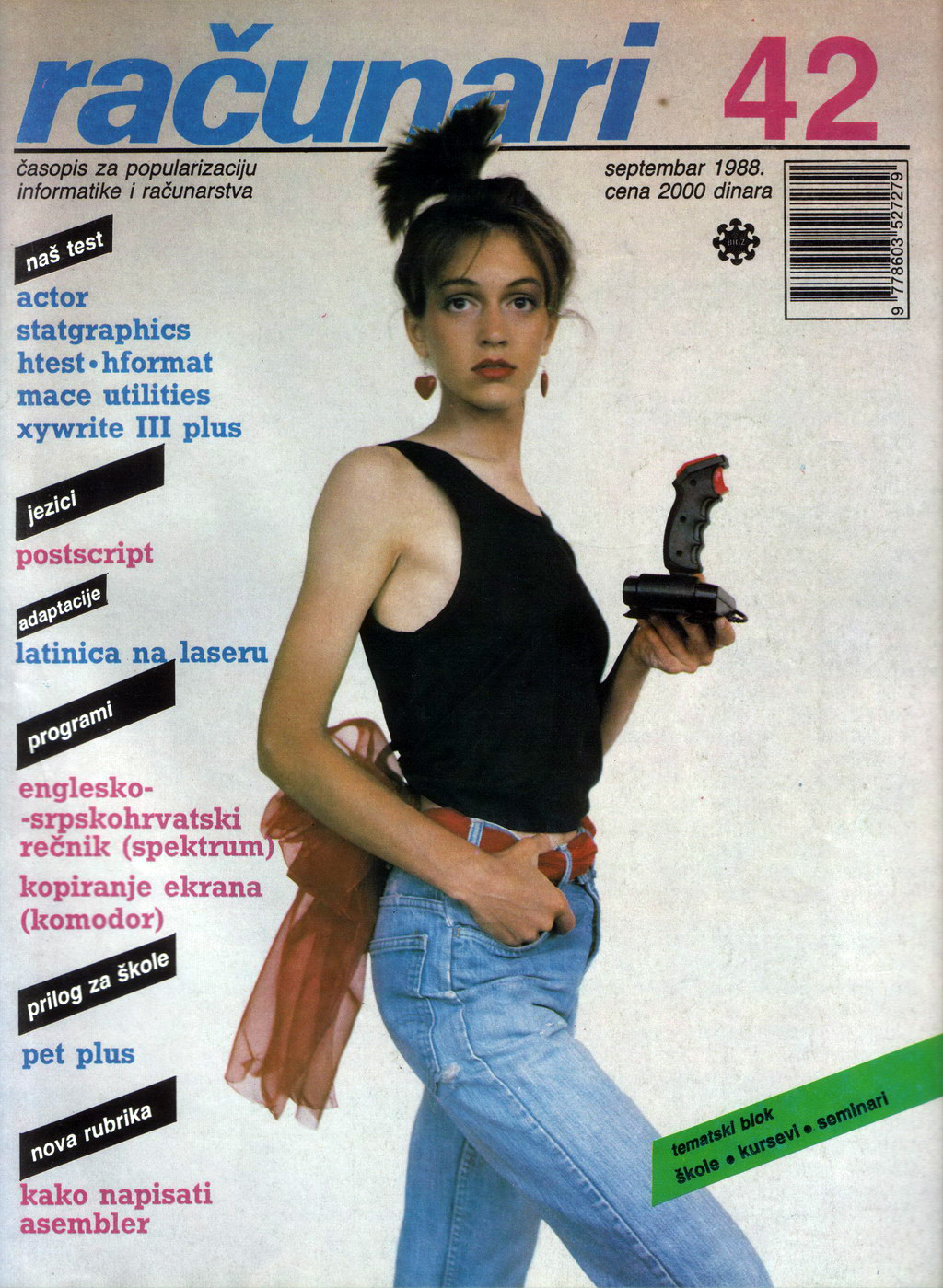
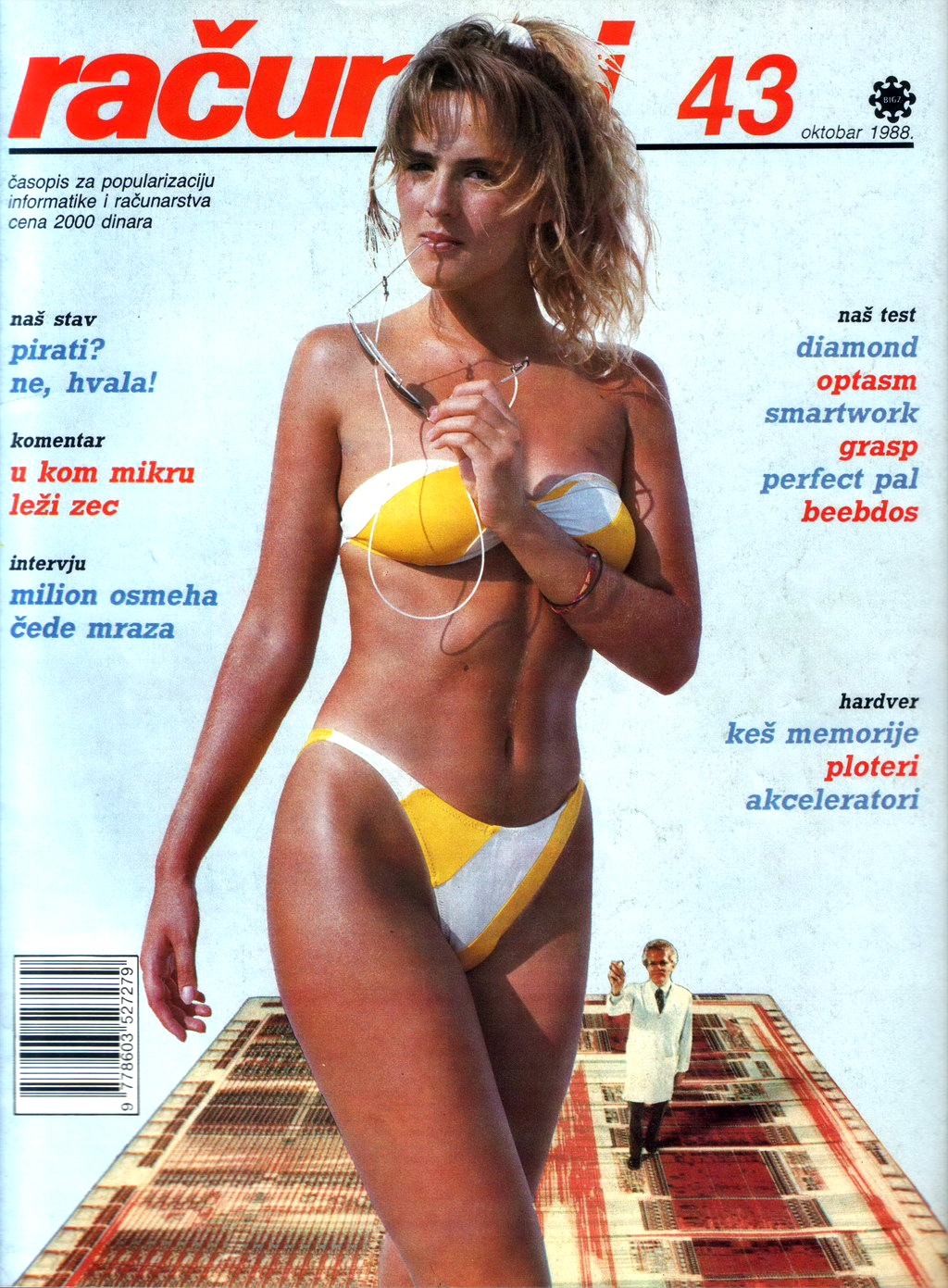

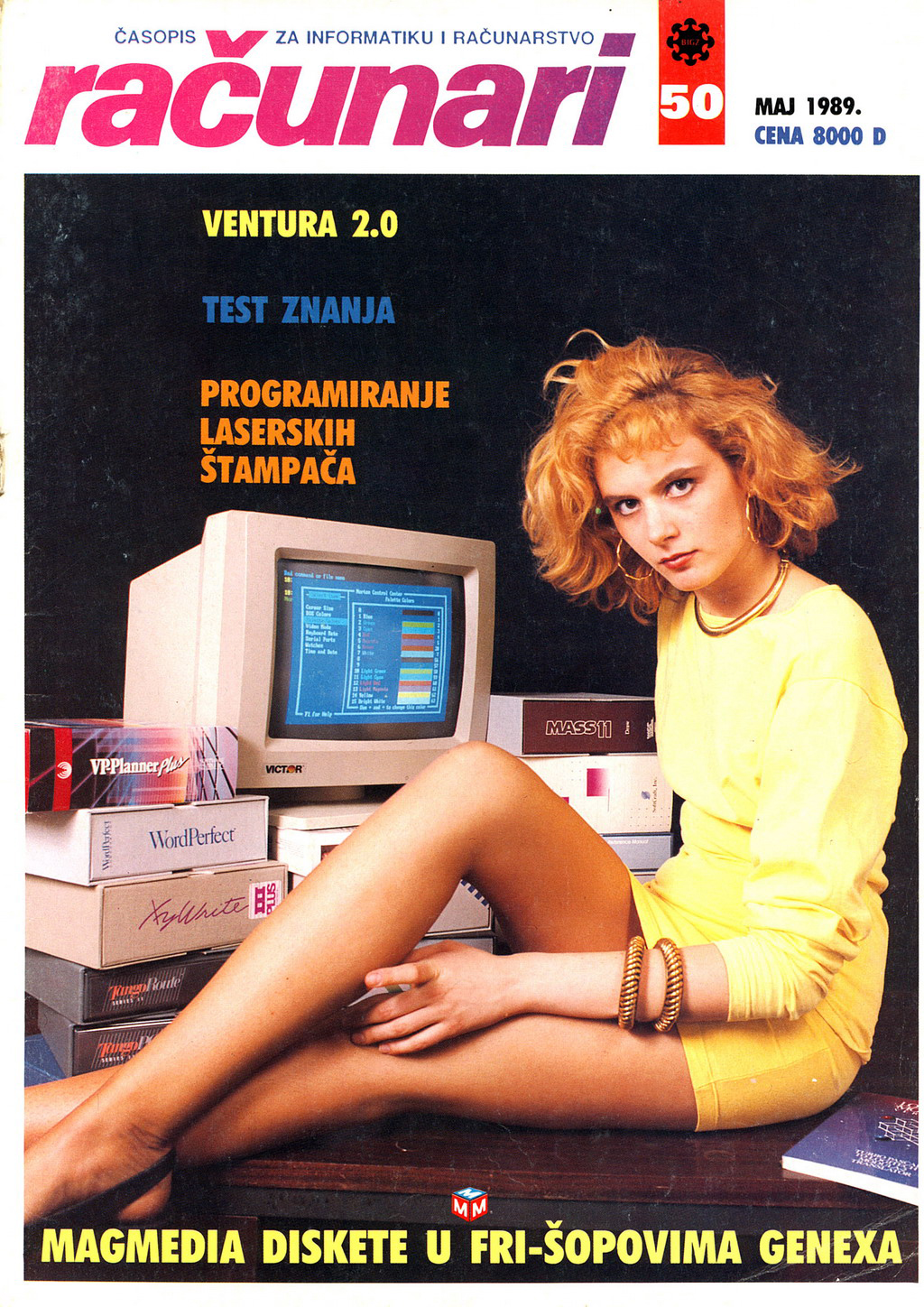
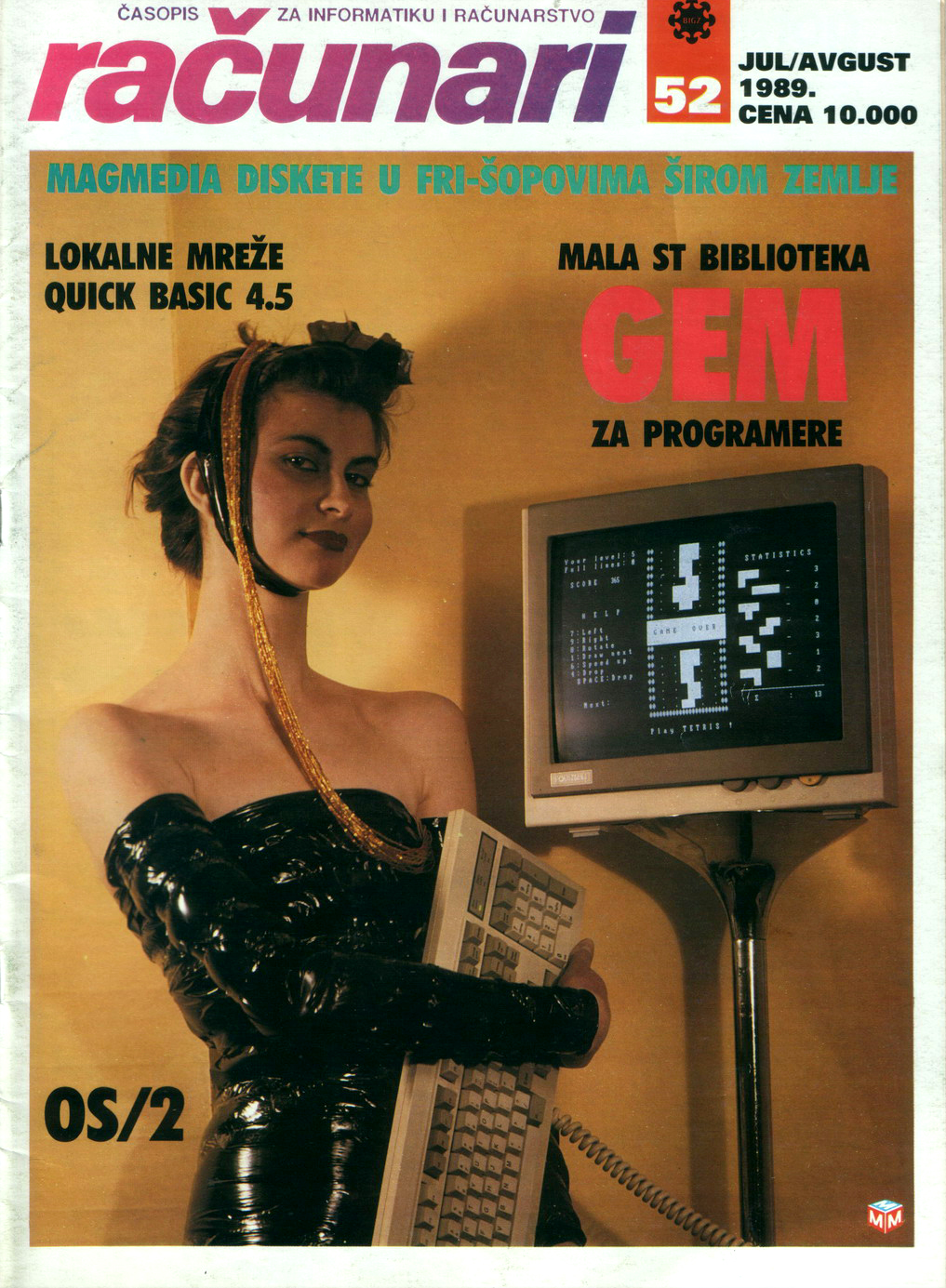

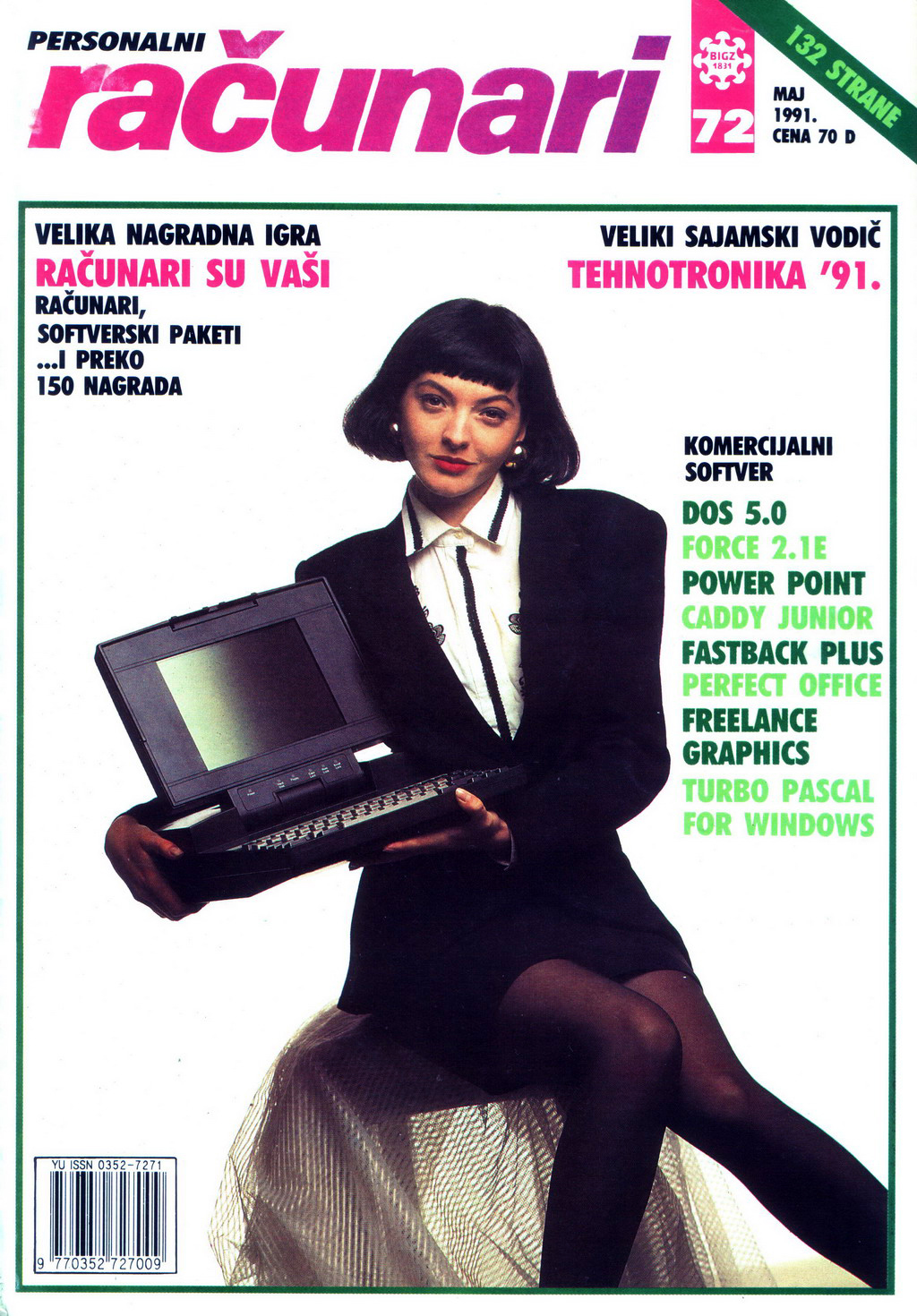
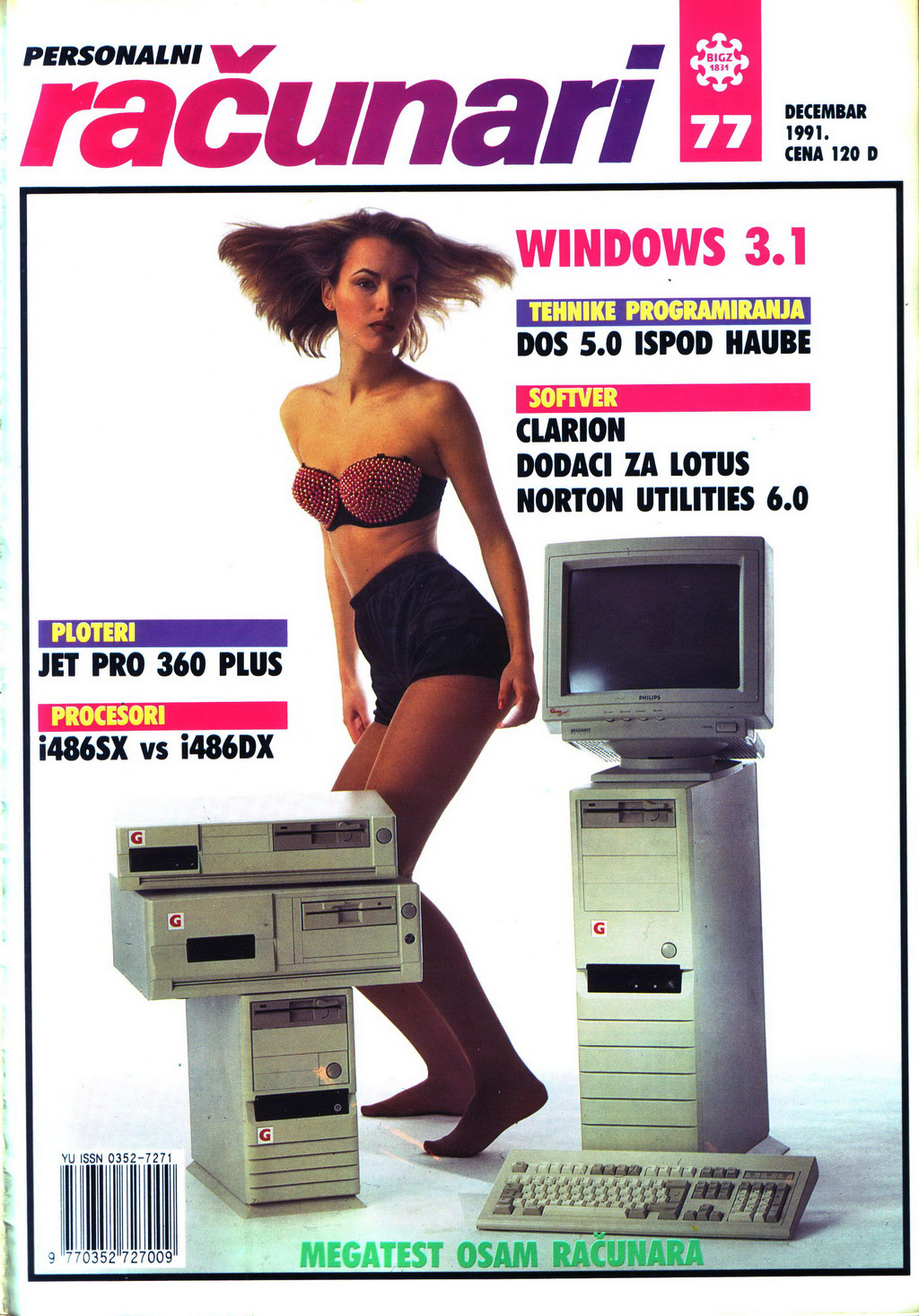

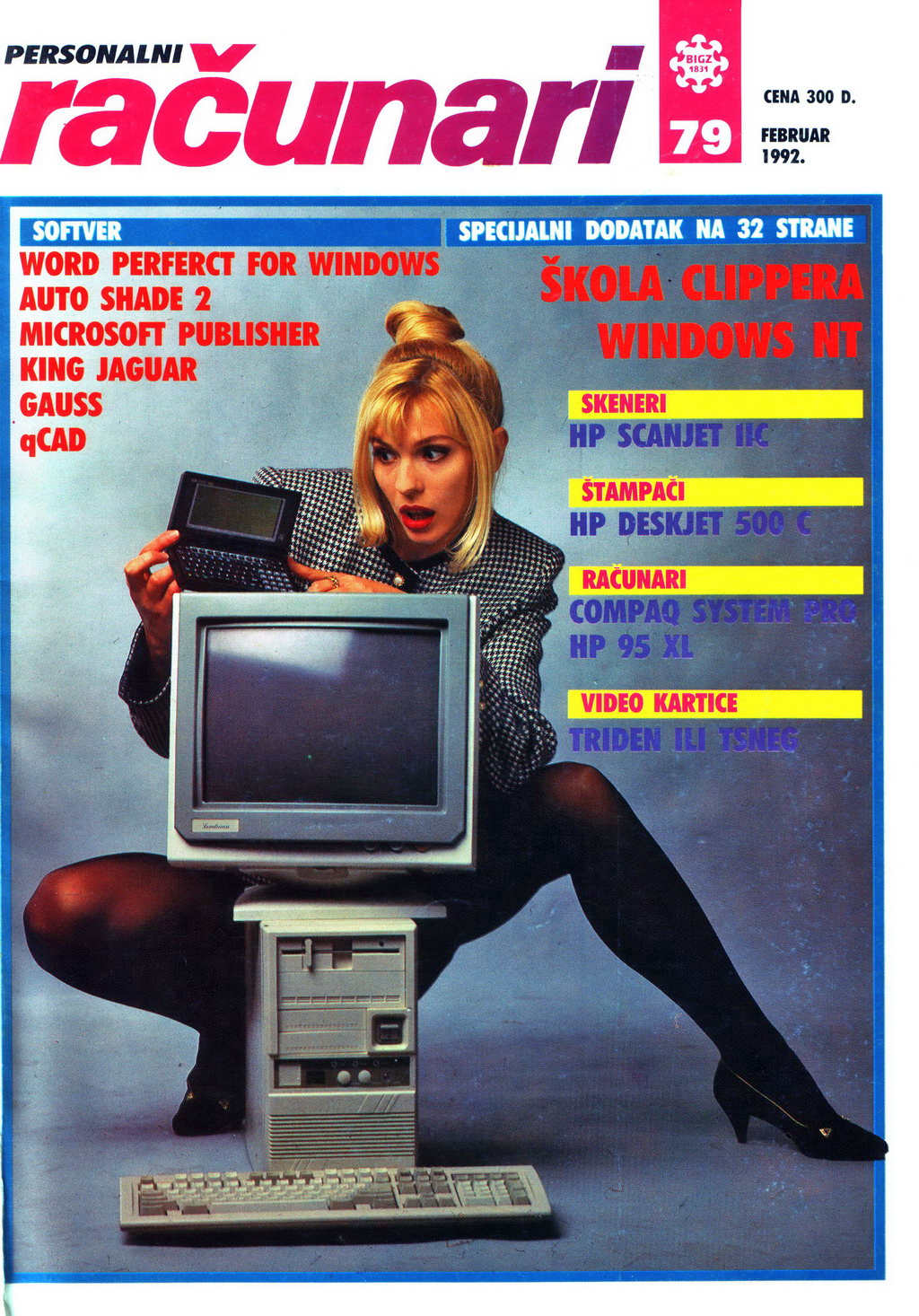
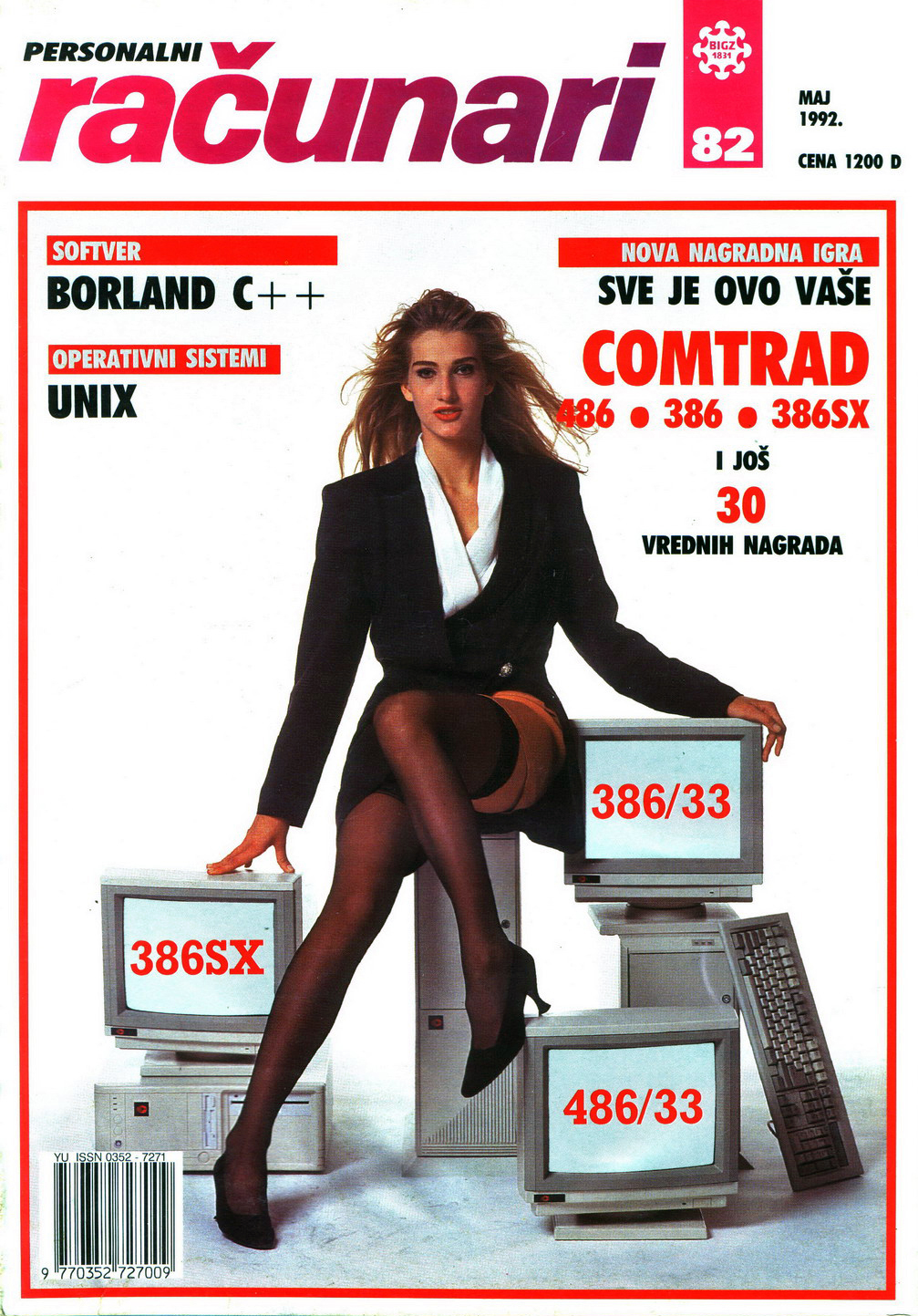
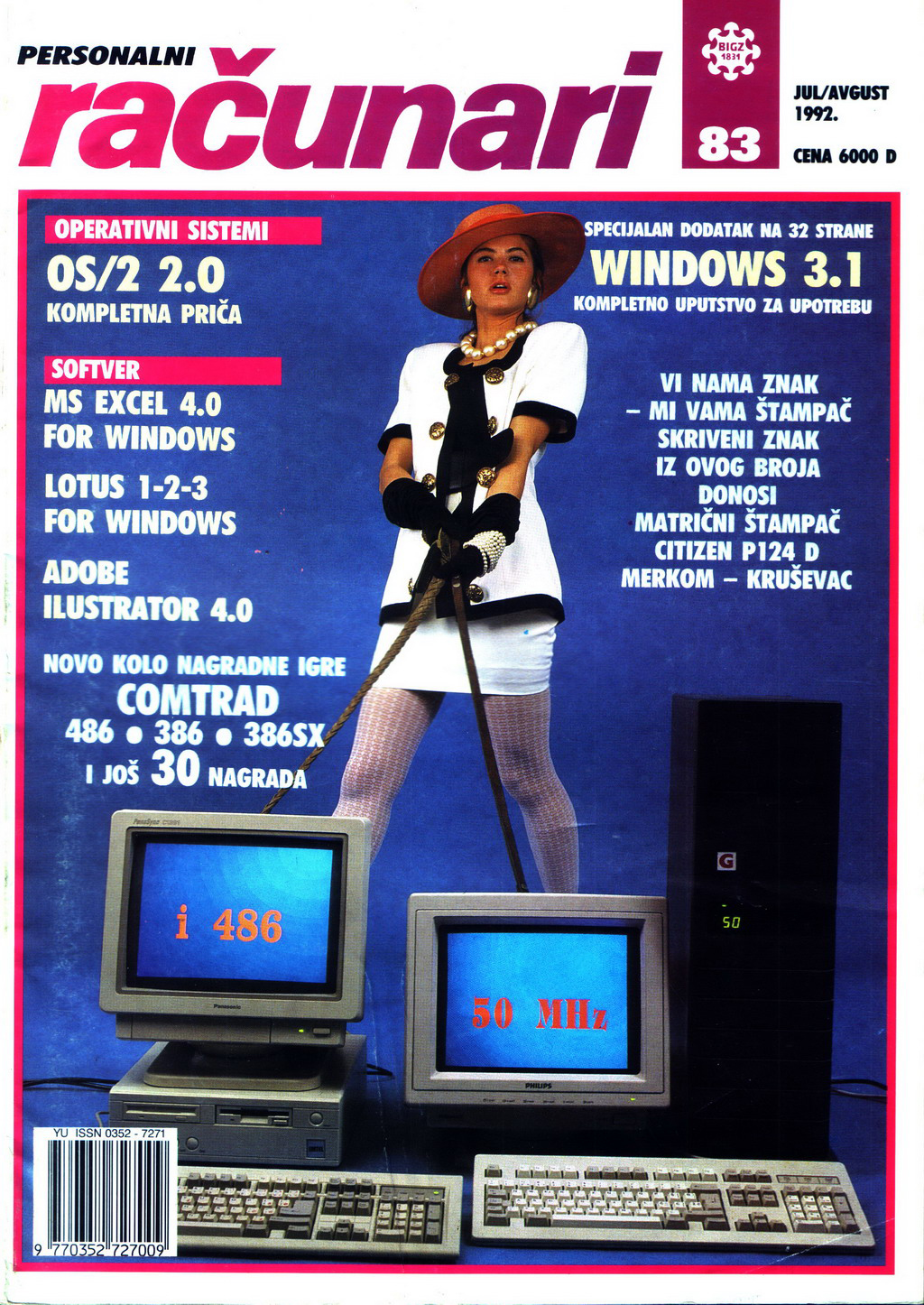
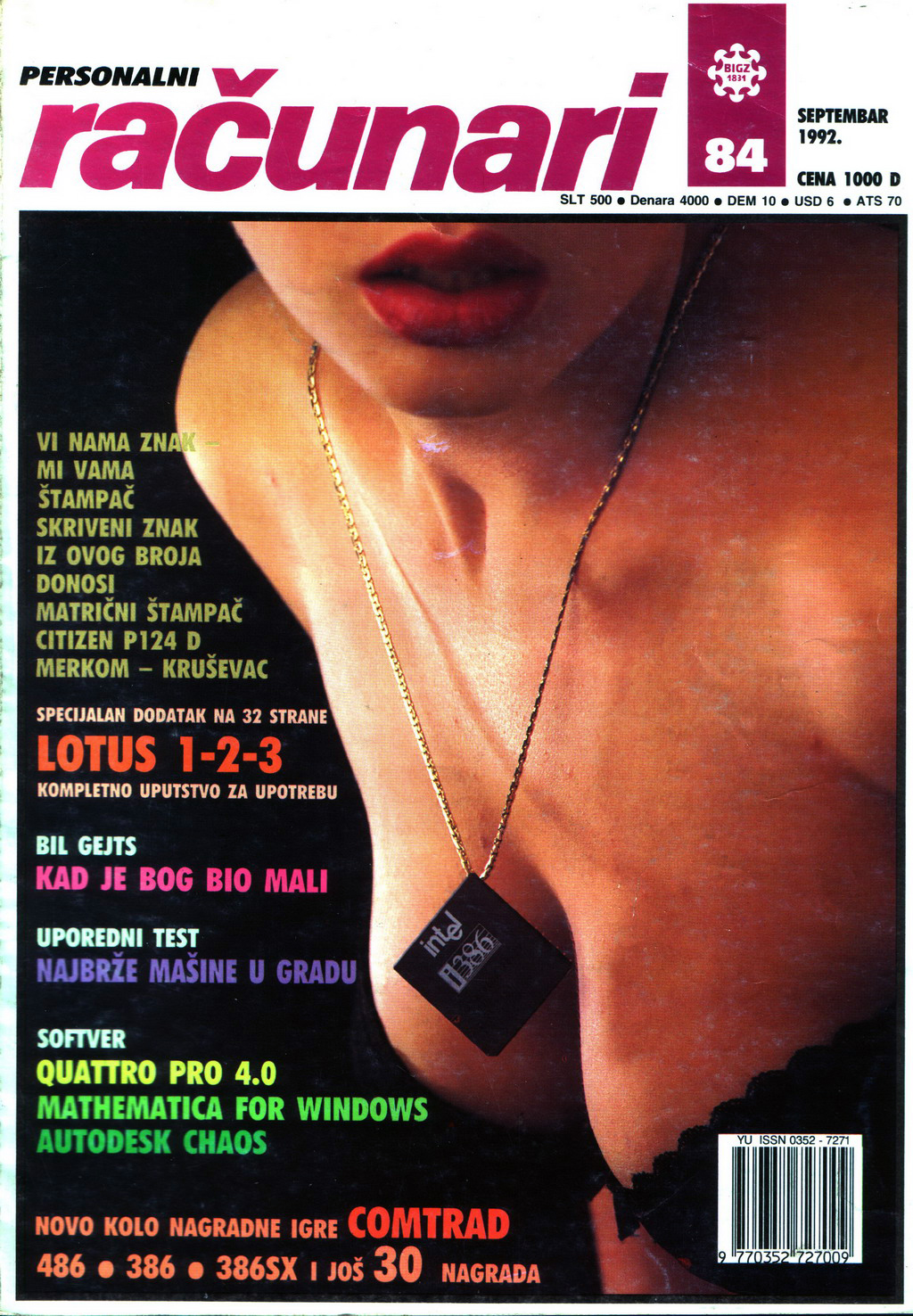
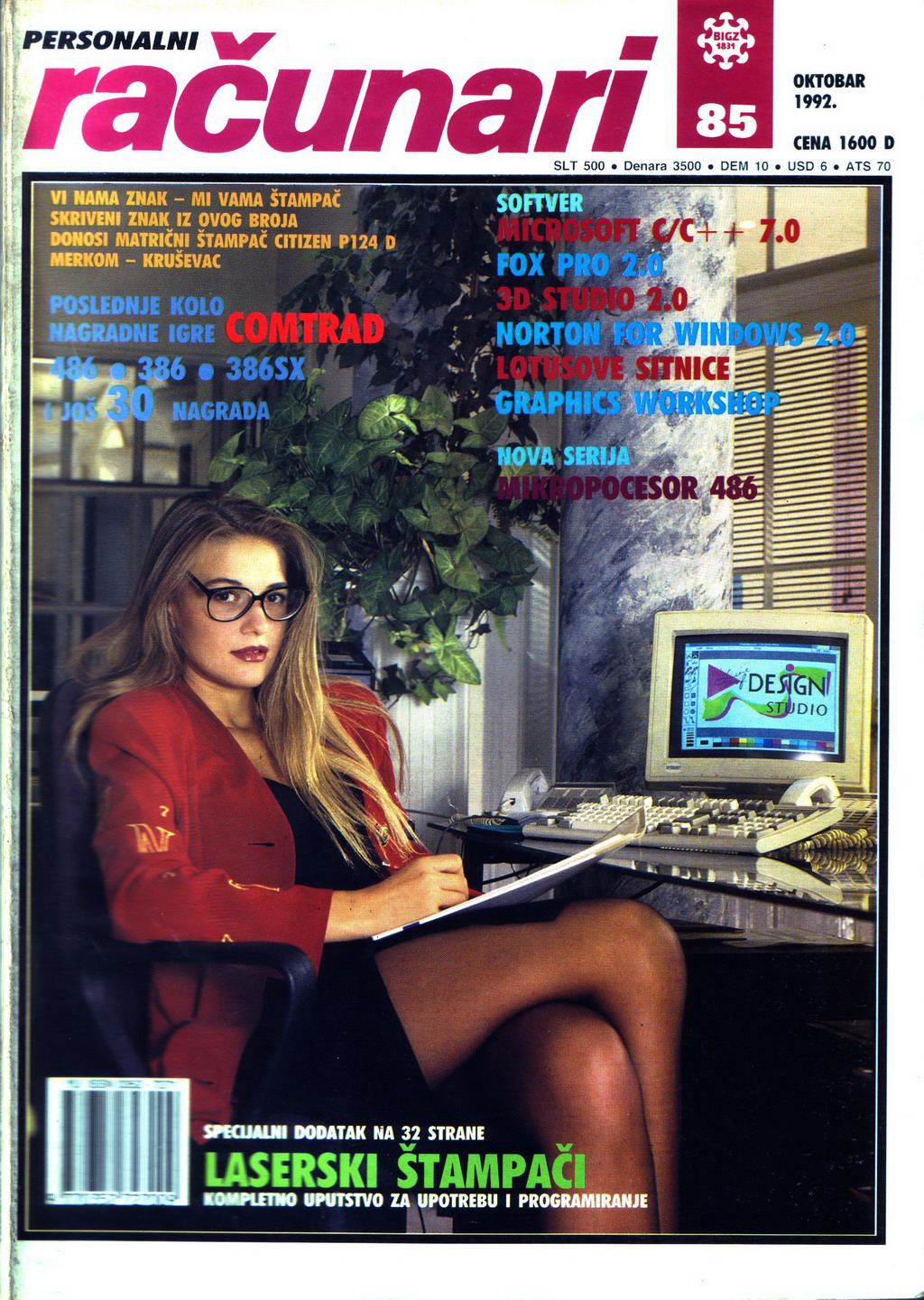
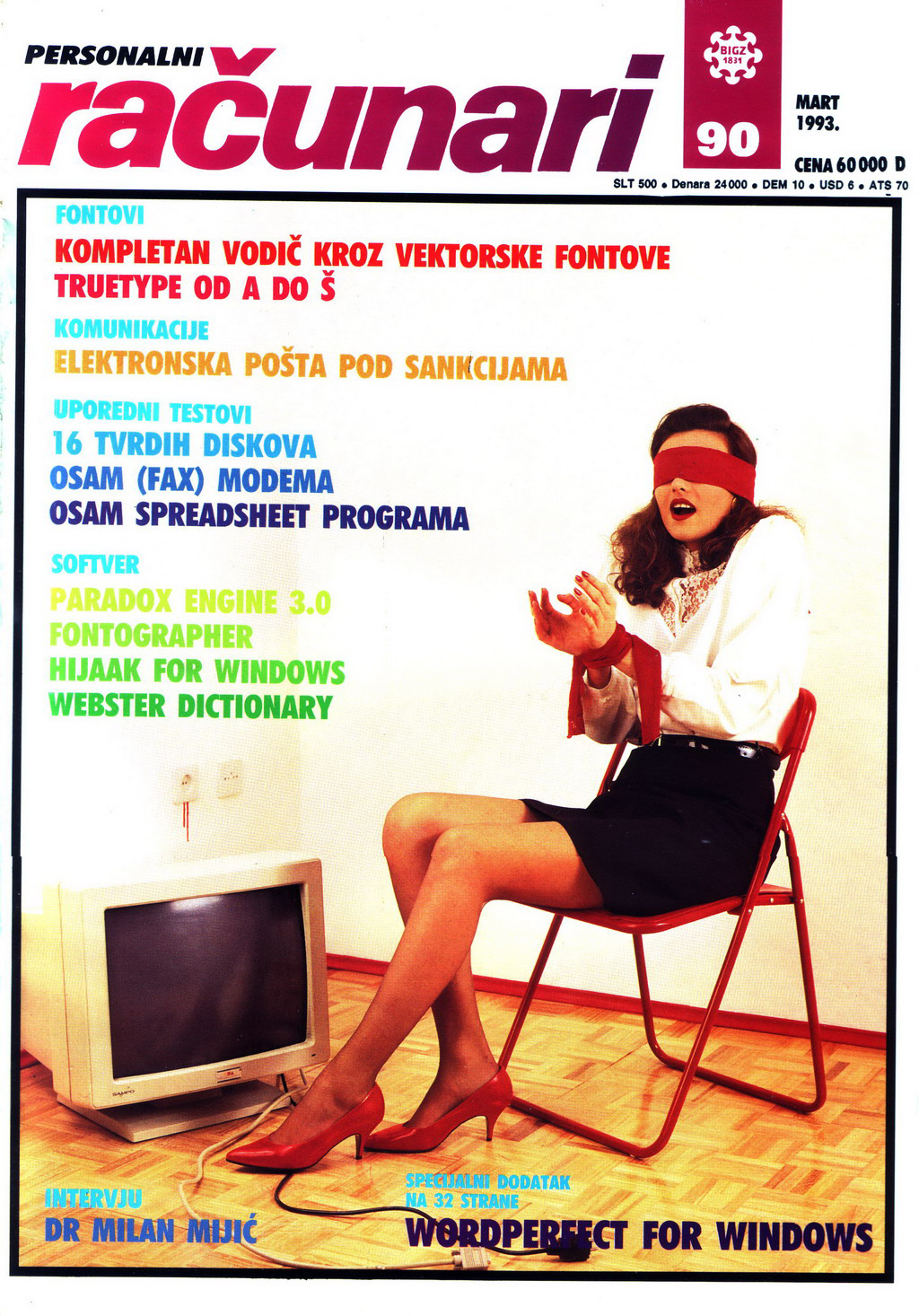
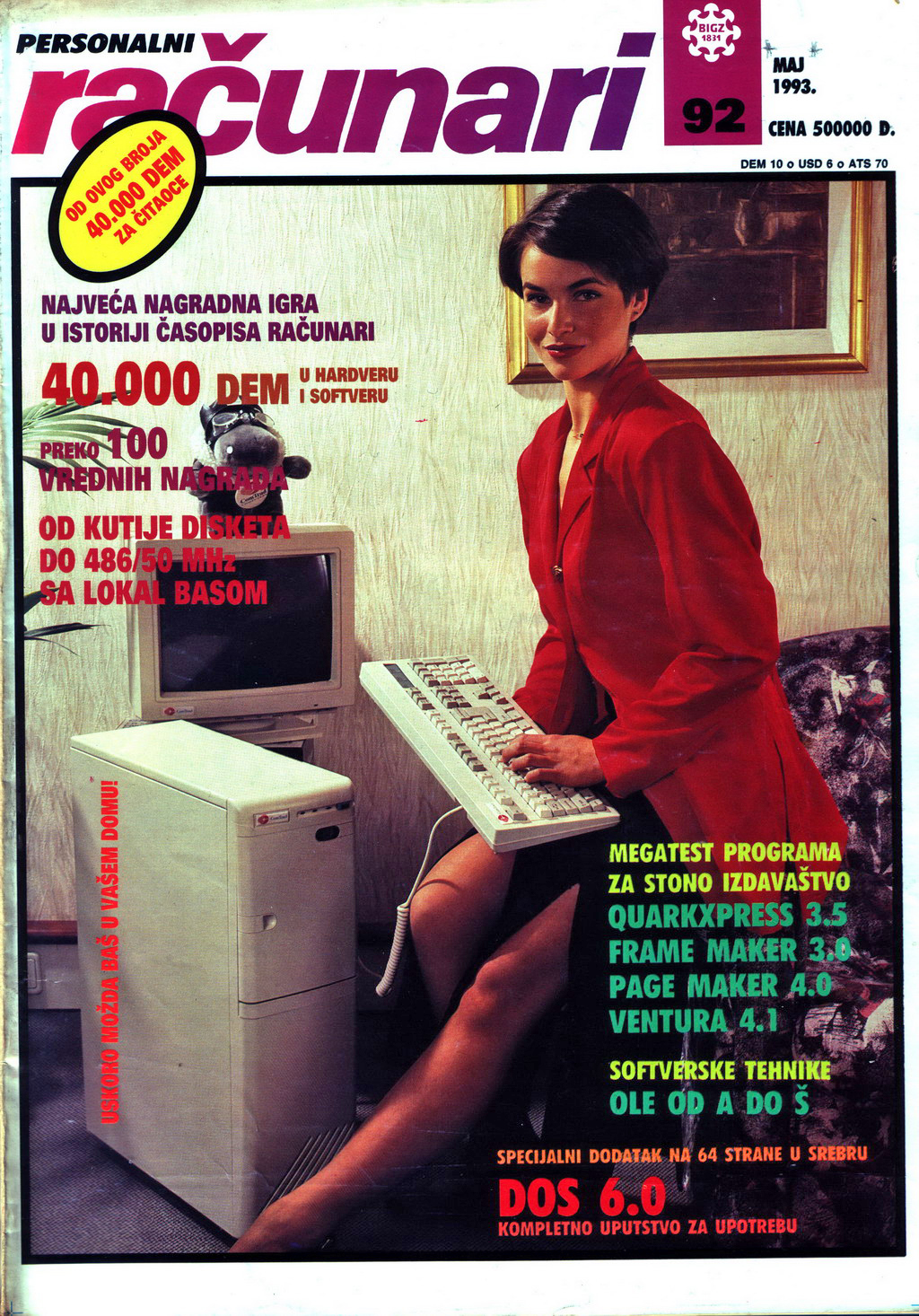


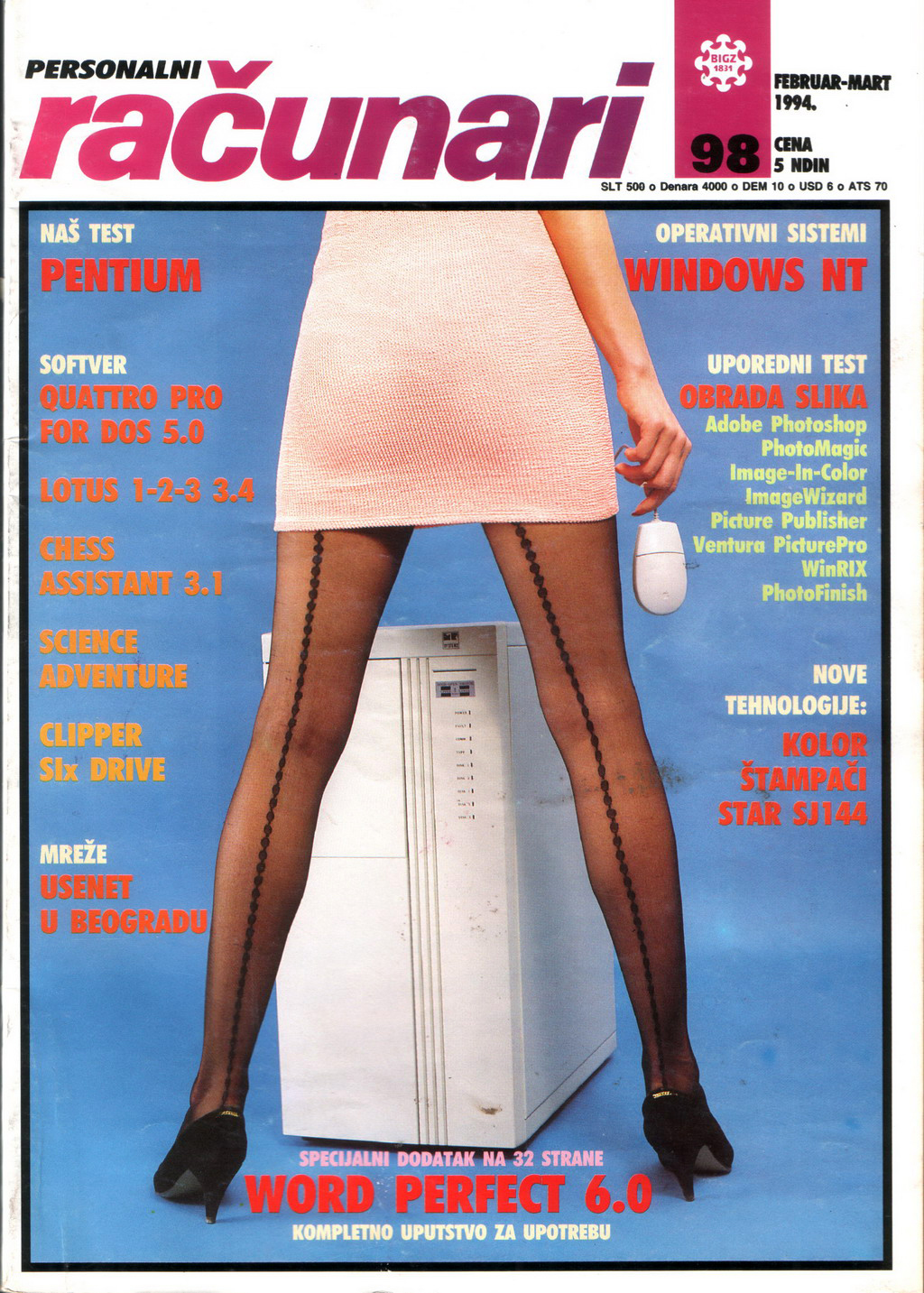
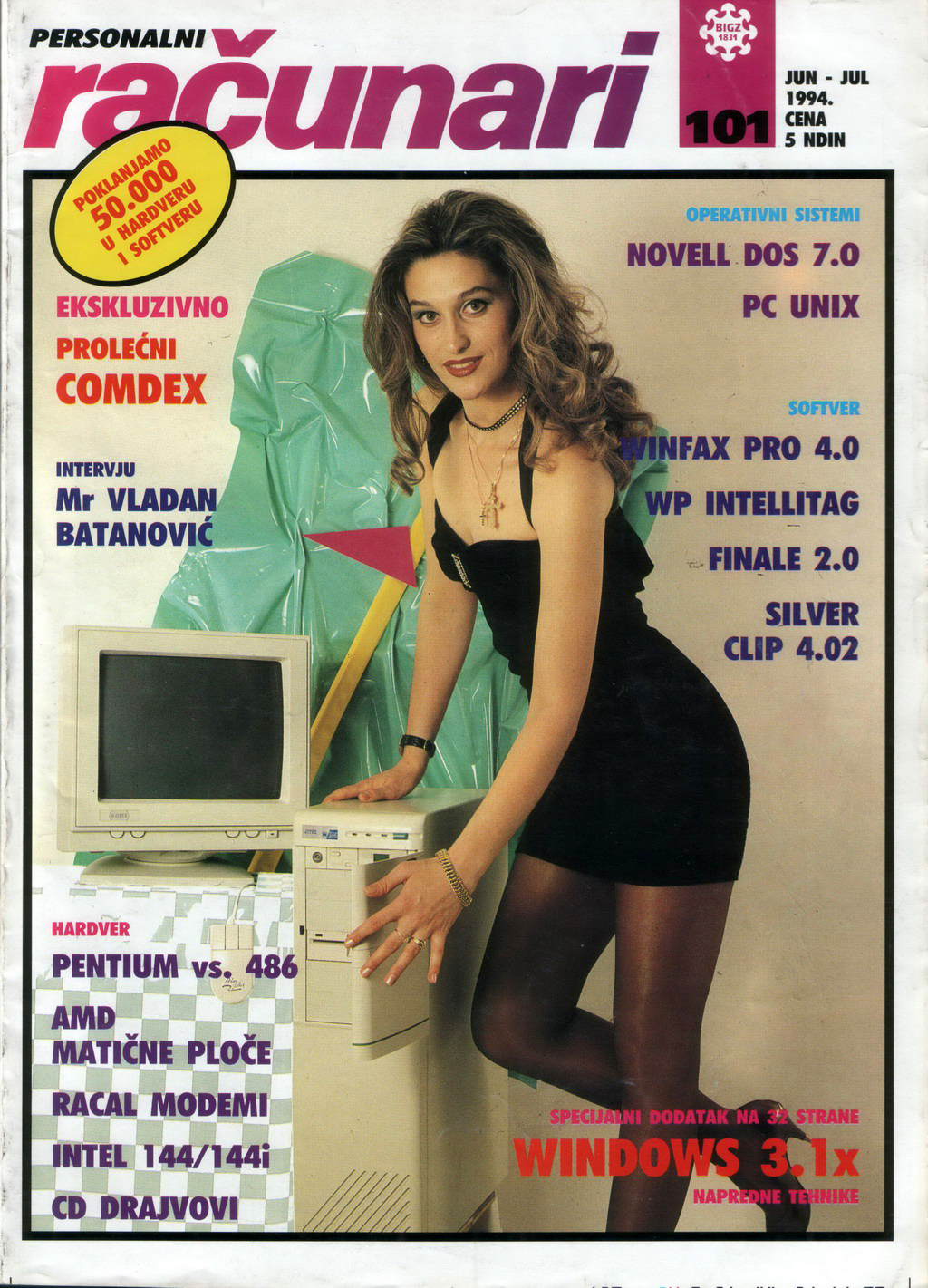

(Photo credit: Računari / Upscaled and enhanced by RHP).